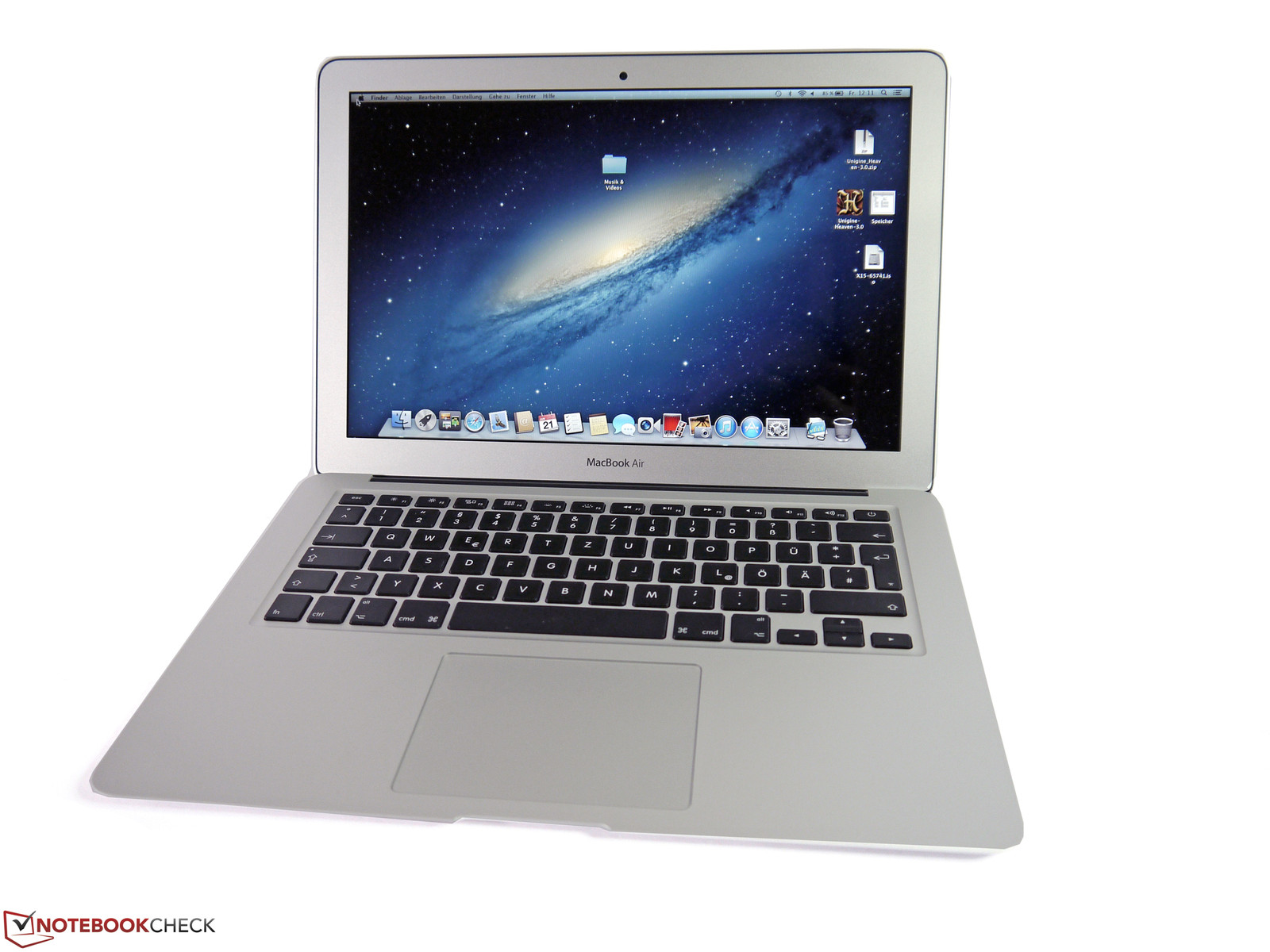

Switching from Intel to an Arm-based platform isn't as simple as just plopping a new chip in a motherboard. The "secure enclave" is now on board the M1, powering security operations like Touch ID. The M1 also takes over the duties of Apple's T2 chip. In the MacBook Pro that we're reviewing here, as well as the Mac Mini, there are fans for cooling. Also in the MacBook Air, the M1 is run fanless for silent operation. The only variant appears to be in the MacBook Air, where the entry-level version has a 7-core GPU. Four of the processor cores are high-performance cores while the other four are designed for efficiency, tackling less power-hungry tasks. The memory, 8-core GPU and a 16-core neural engine are also built into the SoC. It's an 8-core processor based on the Arm architecture, and it’s built on a 5-nanometer process. The Apple M1 is a system on a chip that is also found in the latest MacBook Air and the Mac Mini desktop. The real change here is that the MacBook Pro is among the first computers that Apple has built using its own silicon. I'm just ready for a refresh.Īpple M1 (4 performance cores, 4 efficiency cores)ġ3.3 inch, 2560 x 1600, IPS, Retina displayĢx Thunderbolt 3 / USB 4, 3.5 mm headphone jackġ2 x 8.4 x 0.6 inches (304.1 x 212.4 mm x 15.6 mm) It's a bit long in the tooth now, and I'm curious to see what Apple will offer in the future. What's interesting about this design is that it was built to cool an Intel processor, not something specific for the new M1. Acer's Swift 5 is a 2.3-pound featherweight, but with a slightly larger footprint (12.6 x 8.2 x 0.6 inches) due to its 14-inch screen. The Dell XPS 13 is just as small as the Razer Book, but even lighter at 2.8 pounds.

The Razer Book 13 is smaller (11.6 x 7.8 x 0.6 inches) but slightly heavier (3.1 pounds). The MacBook Pro is 12 x 8.4 x 0.6 inches and 3 pounds. Some previous Intel models, as well as the current Intel models that are still for sale, offered four Thunderbolt ports, but Apple isn't offering those with laptops powered by its own chips. On the right side, there's a 3.5 mm headphone jack. On the left side, there are just two combination USB 4 (Type-C) / Thunderbolt 3 ports (Apple would need Intel to certify these for Thunderbolt 4, though USB 4 should carry most of the features). One thing some people will take issue with is the limited port selection.


 0 kommentar(er)
0 kommentar(er)
